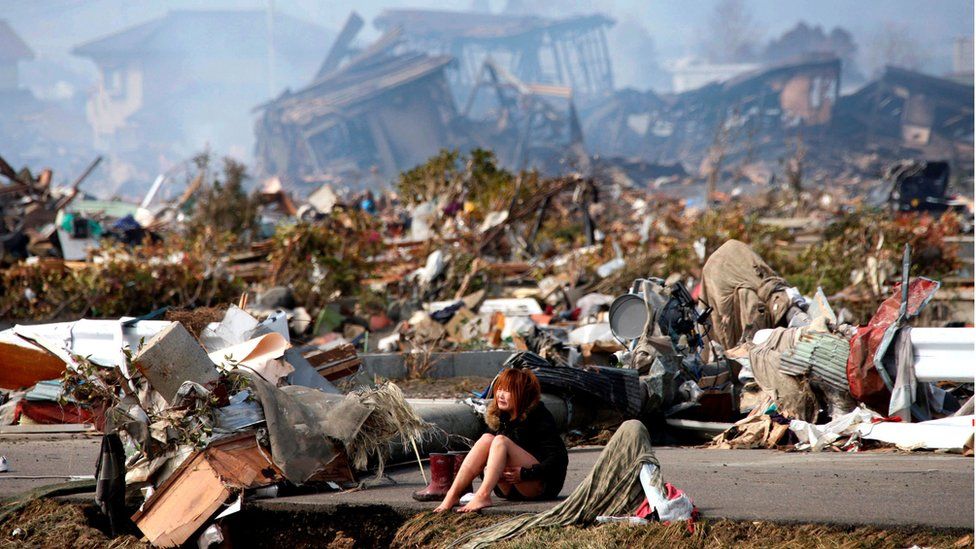The Cheapest Way To A Zero-Emission World Needs Nuclear Power, Claims New Study

New generation nuclear power stations might be crucial to achieving the target of zero emissions by mid-century and staving off the worst of the climate crisis, a new study published in the journal Nature Energy suggests.
Solar power and wind are key to hitting this goal, but they might not be enough without major investments, or in places without much sun or wind.
To minimize the catastrophic consequences of global warming, humanity needs to keep the global mean temperature below the threshold of 1.5 C above the pre-industrial average. Crucial to achieving that is energy production reaching zero emissions globally by 2050. Previous studies have shown that by ramping up solar and wind power stations, our species can easily reduce emissions by 80 percent.
To achieve the goal of 100 percent reduction, there ought to be major expansions in energy storage capabilities and electricity transmission capabilities. This is because the wind doesn’t always blow and the sun doesn’t always shine. If these expansions aren’t or cannot be implemented, there’s a need for more zero-carbon energy sources – and that’s where new designs of advanced nuclear power plants come in.
“Under strict greenhouse gas emission controls, reliable power generation provided by nuclear power has a lot of potential value in the electricity grid for most nations,” lead author Lei Duan of the Carnegie’s Department of Global Ecology said in a statement.
“Places with poor wind resources can benefit from nuclear earlier in the path to zero emissions, whereas places with very good wind resources would only need it to get rid of the last traces of carbon emissions.”
The model looked at 42 country-level regions and used current prices for technology to estimate the cheapest way to achieve zero emissions. The researchers found that nuclear power is the scenario that would cost less.
“Our analysis looked at the cheapest way to eliminate carbon dioxide emissions assuming today’s prices. We found that at today’s price, nuclear is the cheapest way to eliminate all electricity-system carbon emissions nearly everywhere. However, if energy storage technologies became very cheap, then wind and solar could potentially be the least-cost path to a zero-emission electricity system,” added Ken Caldeira, also of the Carnegie’s Department of Global Ecology.
There are many people that do not like nuclear power (we are talking fission here, rather than the still experimental fusion). One main issue is the disposal of waste in a safe manner, since many countries continue to lack the proper investment into this. Finland, for example, is burying it in a special facility where it will be sealed for the next 100,000 years (although it won’t be very dangerous in just a few hundred years).
Another risk often raised is the possibility of a nuclear accident – however, while it is a risk, it is important to put it in context. Air pollution, which coal and oil powerplants contribute to, is responsible for millions of deaths every year. The World Health Organization estimates that the Chernobyl disaster, the worst nuclear accident in history, led to the premature deaths of 4,000 people.
Nuclear power might not be needed if energy storage solutions can be found, but if they are not, we might not have many other options.
The Cheapest Way To A Zero-Emission World Needs Nuclear Power, Claims New Study
Thoughts on this?
Not my first choice, but if solar/wind won't cut it I'm okay with nuclear energy as long as they don't cut corners with safety.
The danger from climate change >> The danger from nuclear plants
 with the radiation and all???
with the radiation and all???



 The reason we dont trust nuclear now stems from govt controlled mishaps...
The reason we dont trust nuclear now stems from govt controlled mishaps...